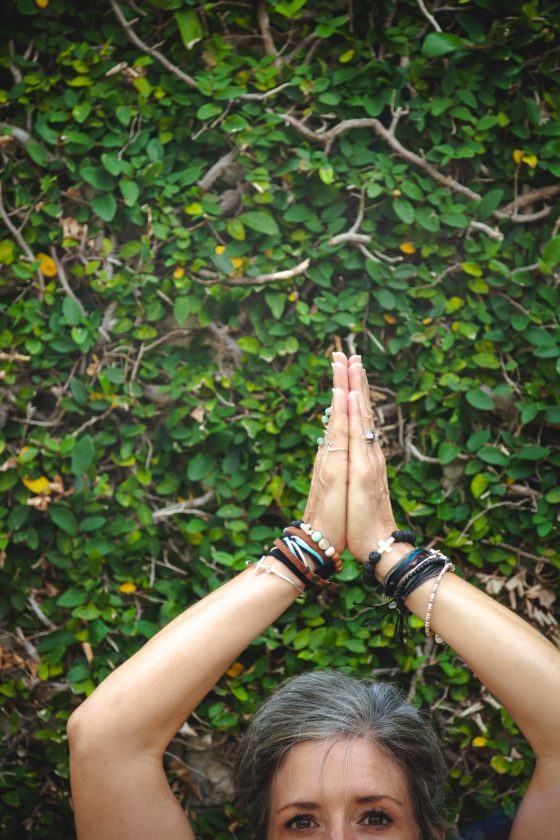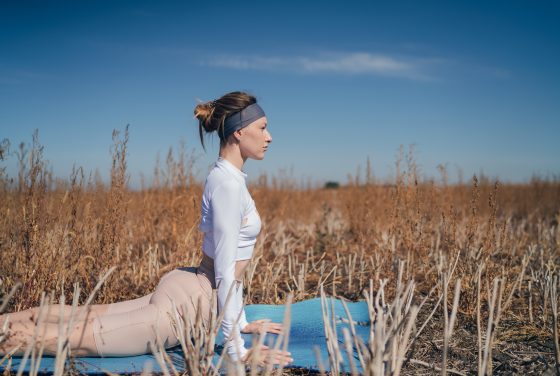An afternoon nap is proven by science, medicine and NASA astronauts. How long should you sleep, though, and how do you benefit?
After years of research, NASA scientists found a nap of 10 to 20 minutes boosted pilot performance by 34% and alertness by 54%.
Sara Mednick PhD, is one of the world’s best-known sleep experts. This is what she found out, about what some people call catnaps.
Lose Your Guilt About Catnaps
Building on NASA research on their catnapping astronauts, she found that a midday snooze reverses the information overload of the internet.
She thinks it’s time to stop feeling guilty about a power nap at work. (Source: Nature Neuroscience journal). In fact, as a sleep queen at the University of California, she’s turned her research into a book called Take a Nap! Change Your Life.
Nap at 2pm or 3pm
“There is something very specific about the timing of the nap,” she is quoted as saying in The Times. “It should be at about 2pm or 3pm.”
Coffee is an inferior substitute, Mednick believes.[4] “In all of my research, what I found is that when I have people not drink caffeine but take a nap instead, they actually perform much better on a wide range of memory tasks,” she told Neal Conan on NPR‘s Talk of the Nation
Naps Reduce Heart Attacks
The Washington Post reported at length on studies showing people who nap have less risk of heart attacks. According to numerous studies, occasional nappers have a 12% less chance of dying with heart problems, and those who regularly nap, have a 37% lower chance.
In India, they call napping Vam-Kukshi, which is the yoga pose where you lie down on your left side. Why? Yoga teachers say it helps digestion.
The Siestas of Spain – Avoiding Heat
The Spanish have been doing this for years. They nap to avoid the heat (which can be done in summer, in your country too). The siesta is part of the culture of Spain. The word siesta means ‘sixth hour’ in Latin (the sixth hour from dawn is 12 noon, or midday, when the Spanish used to rest). Today it’s 2pm, after lunch.
Napping and Working From Home
The Guardian recently reported that people in Melbourne do not want to return to work at the office. The reasons? Petrol prices. Tolls. Parking costs. Paying in time (and money) for lunch; a work wardrobe; drinks after work. Then there’s the elephant in the room. COVID-19.
Anna Spargo-Ryan noted, “Office occupancy rates are wallowing around 48%.” People in Melbourne are already in the office, next door to the bedroom. So is productivity going up? The jury is out. But –
The Guardian reported that people in Melbourne are adamant. “They don’t want to go back. In fact, they refuse.”
Napping at home? Flinders University backs you. They found a 10-minute nap was best (compared to 5, 20 or 30 minutes) in terms of alertness and sharper thinking, after tests.
Take a Power Nap on YouTube
The True Power Nap
The true Power Nap as defined by Cornell University psychologist James Maas, is 20 minutes.
Better Than Coffee
Finally, in case you are a coffee regular, sleep queen, researcher Sara Mednick studied coffee against napping.
She found naps are 60-90% more effective than caffeine, for memory tasks and mental performance. So, maybe it’s time to work like an astronaut. Or at least sleep like one.






